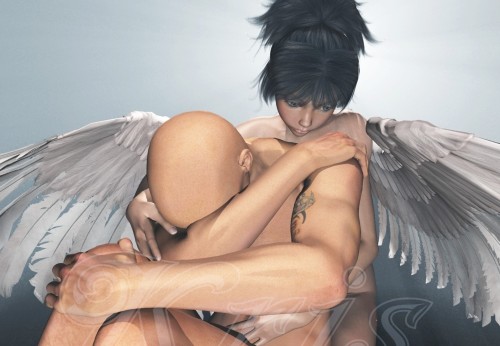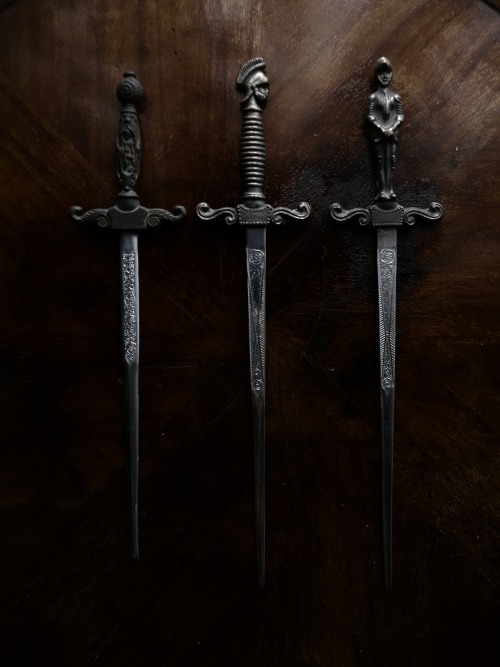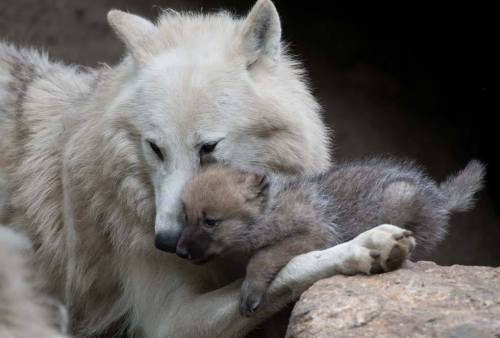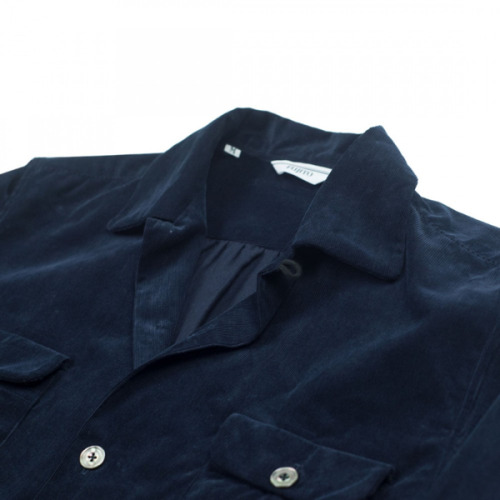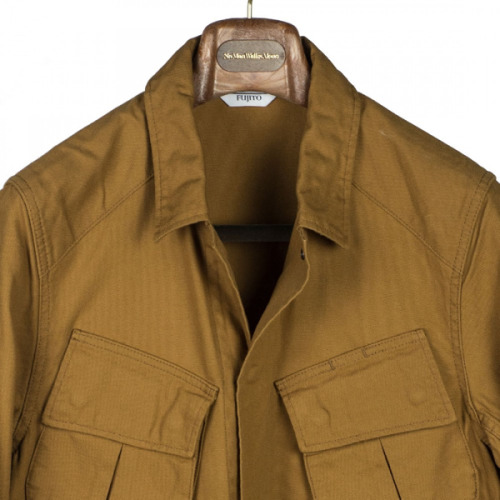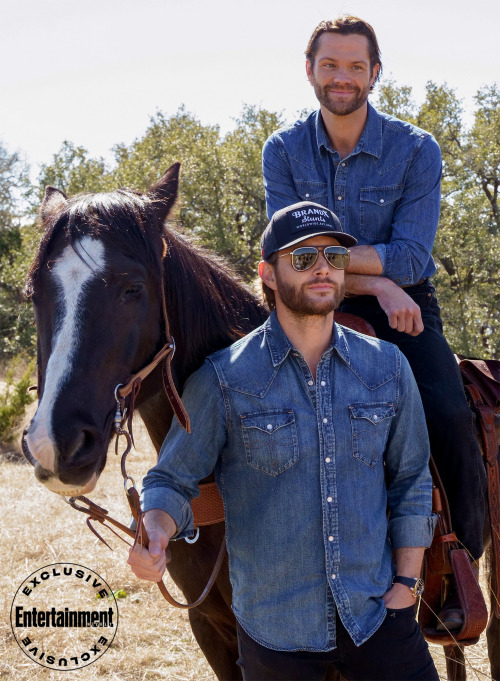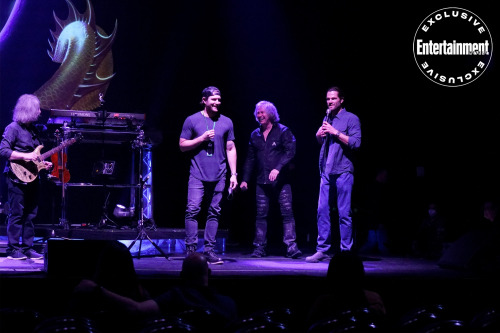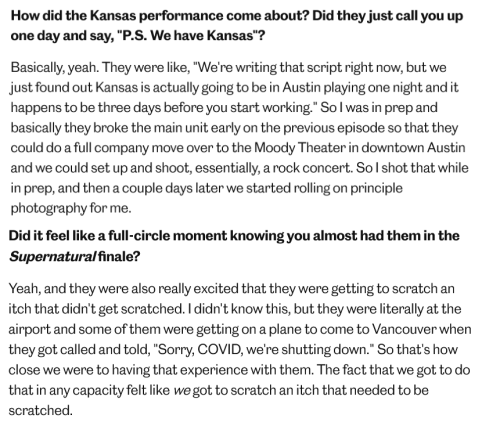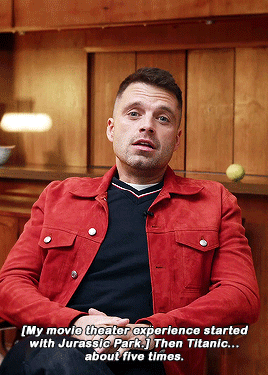#interviews
Chris and Scarlett + The Awful and Really Bad Thing
I’m so obsessed with this press conference, its embarassing… It kiills me that this part is so inaudible.
Post link
Amelia Gorman on ecology, invasive species, and weird poetry
Amelia Gorman on ecology, invasive species, and weird poetry
Amelia Gorman is a recent transplant to Eureka, California, where she enjoys exploring the tidepools and redwoods with her dogs and foster dogs. Read some of her recent poetry in Vastarien, Penumbric, and the Deadlands. Find her fiction in She Walks in Shadows from Innsmouth Free Press, Nox Pareidolia from Nightscape Press, and the Nightscript series. She’s online at www.ameliagorman.com.
Tell us…

https://www.tutorialspoint.com/index.htm () Positive Body Language - Introduction
#Bodylanguage is defined as the non-#verbal #communication between two individuals or a group of individuals through physical #behaviors such as #limb #movements, #facial expressions, #eye movements, other bodily #gestures and #postures.
Today, the term has assumed so much importance and prominence in all spheres of life that without a #positive body language, none of us can #survive in the professional arena, personal lives, and in the world, in #general.
Body language comes into #picture not only during normal conversations, but also during formal #discussions, #interviews, group discussions, panel #meetings, etc. #Proper body language not only #conveys the #right message to the recipient, but also #attracts or #repels the #recipient.
#givemebody #knowyourworth
#charismauniquenessnerveandtalent
https://www.instagram.com/p/BsJXWzKlL5C/?utm_source=ig_tumblr_share&igshid=1agzn1ltdzdrm
INTERVIEW WITH GO FUJITO, PART 2
Fujito is the newest line from Japan to come into the No Man Walks Alone family. The clothes are beautifully made, but not precious; classic without being antiquated. The designer behind the company, Go Fujito, draws heavily from his love of the great outdoors, vintage clothing, and the skateboard and music scenes he grew up with in Japan during the ‘80s and ‘90s. Earlier this week, we talked to Go about his personal history and design process. Today we end with a chat about how he ended up collaborating with one of Italy’s most famous bespoke tailoring houses, Liverano & Liverano, as well as some of his favorite things outside of fashion.
You once did a collaboration with Liverano & Liverano, a bespoke tailoring house in Italy. How did that come about?
A few years ago, one of my customers went to Pitti Uomo and wore my jeans. Mr. Liverano saw them and asked where they were from. My customer contacted me and put us in touch.
I was very honored by Mr. Liverano’s interest, so for the next Pitti Uomo, I traveled to Florence to show him a pair of Fujito jeans. He asked if we could change the pattern a bit, as well as switch up some of the stitching. Back at his atelier, he also gave us a copy of a paper pattern hanging on his wall, which he wanted us to use for the hip pocket. Again, I was very honored because I know how unusual it is for Mr. Liverano to share one of his paper patterns.
We ended up making some samples for Mr. Liverano, and I traveled to Florence a few more times to get his approval on the final production. Our factory was very supportive throughout this process. Today, we still make all of Liverano & Liverano’s jeans in Japan.
A lot of clothing today fits very slim and tight. I noticed, however that you often play with proportions. Some of the garments have a bit more ease built in and everything looks very comfortable. Do you generally like clothes to fit a bit fuller? What aspects of the cut are important to you?
I’ve been shifting to making more relaxed cuts in recent seasons. Our “big silhouette shirt” is one of those cases, as are the fuller-fitting trousers. I’ll usually start the process by discussing with our pattern maker how our clothes should fit. It’s really about how each individual piece fits into the broader collection. As it gets tougher to live in today’s world, I want our clothes to feel comfortable and relaxing.
Why is it important to you to manufacture in Japan?
About seventy-percent of every collection is made in Kyushu, which is the southernmost of the four main islands of Japan. Our shirts, for example, mainly come from Karatsu. It’s a beautiful town with a great view of the mountains and ocean. The close distance makes it possible for us to discuss things face-to-face with our partners, which results in better clothes. Even if we start with vintage items, we change the silhouette, color, and texture in order to create something that simultaneously feels new and classic. And I know it’s important to those of us who live and work in Japan that things are made here.
I know you have a shop in Japan. For you, what makes a good retail environment?
I started my career working as part of the sales staff, so I still enjoy talking to people who come into the store. Part of what makes a store special is having that very personal relationship. I also think presentation is important – both in terms of showing the product and the people behind the company. For many of our customers, who they buy from is just as important as what they buy.
You travel a lot for work. What are some things you always bring with you on trips?
A bottle of fragrance from Aquaflor; a scarf from Liverano & Liverano; sneakers from Asics; and a travel wallet from Smythson.
If we were to visit your part of Japan, what should we not miss?
I work in Fukuoka, which is famous in Kyushu – one of the main Japanese islands – for its food. If you visit, I’d strongly recommend trying Tsudoi, which is one of the Japanese noodle bars here. It has a personalized noodle menu, some incredible sake, and a mysterious feeling atmosphere. The place will satisfy any customer.
Finally, what music are you listening to these days?
“Passing Afternoon” by Iron & Wine. When I’m stressed, I find it cools my mind.
Post link
INTERVIEW WITH: GO FUJITO, PART 1
Many designers today, even those considered avant-garde, start their design process by delving into vintage archives. It’s just a question of where they take their inspiration. For Japanese designer Go Fujito, the process is as much about drawing from archival designs as it is about staying true to his personal history. As Fujito puts it, “clothes are about living,” which means style should always have some kind of contemporary relevancy.
As a teen growing up in the ‘80s and ‘90s, Fujito was in the thick of Japanese youth subcultures – a breakaway from the past, when youths dared to be a bit more rebellious. Fujito skateboarded and played football; he listened to punk rock and hip-hop. He was also heavily drawn to Harajuku, a district of Tokyo known for pushing rock ‘n roll fashion to young Japanese people disaffected with Ivy style.
If Fujito’s version of Americana feels familiar, that’s because he draws from a period many of us lived through. Instead of vintage, archival styles from the early 20th century, Fujito’s collections are inspired by the mid-century designs favored by youths in the ‘80s and ‘90s. There are soft, comfortable fleeces for hiking and camping; thick striped sweaters and shirt jackets for record hunting; and jungle jackets and parkas for everyday use. We sat down with the designer to talk about his history, design process, and work.
How did you become a designer?
Back in the 1990s, when I was in college, I worked at a vintage clothing store. This was when Harajuku was becoming a major center in Tokyo for street fashion. I got the job initially because I was interested in men’s clothing and style, but it wasn’t until I worked there that I discovered how much today’s clothes are based on vintage designs. Those years had a big impact on me, as I learned how to select and sell imported-clothes.
Later, I ended up working for Denime, one of the companies in Japan making jeans. It was there that I learned how clothes were made – from yarn selection to weaving, pattern making to garment washing.
After many years of working for other companies, I decided to make my own clothes. I started with simple screen-printed t-shirts, which my friends and I made in a garage. We moved up from there to jeans, which I’ve always considered the king of men’s casualwear, and have since expanded into a fuller collection of knitwear and cut-and-sewns.
You mentioned Harajuku. Were you involved in any youth subcultures growing up?
Absolutely. I was born in 1975 in a city called Sasebo, which has a big US military base. I actually came to the United States for the first time in 1984. I stayed with my cousins in San Diego and still remember how they showed me their break dancing moves while we were in their kitchen. When I returned to Japan, I brought with me a pair of Nikes that I had bought back when I was in California. It made me something of a celebrity amongst my classmates.
During this time, when I was a teen, I got involved in the local football and skateboarding scenes. Skateboarding actually opened up new cultural avenues for me, particularly in fashion and music. I listened to a lot of punk rock and hip hop, both of which really influenced me. I still count Matt Hensley, a former professional skater and now a musician, as one of my heroes.
Tell us about your design process. What inspires your work?
Fujito is made for everyday purposes. The clothes are meant to be worn roughly and casually, so they naturally have a bit of sportiness to them. Even if the item feels familiar and “normal,” I try to make things with a sophisticated and sporty feel.
Lots of things influence my work, from music to movies to art to friends to skateboarding. Back when I just started by brand, my mother told me that I had look at more art. Since then, I’ve made it a personal rule to always visit art museums when I travel.
Regarding the design process, I’m constantly thinking about my next collection. We have small team here, just three people, so we’re always sharing ideas. I may show my team the direction I have in mind for some rough designs, and then they dig into the details. Sometimes I’ll give them a theme to work around, such as “clothes for an anarchist woodpecker in a modern era.” That makes our choices for textiles and color a bit easier.
Still, the collections stay pretty consistent from season-to-season. The fundamentals are drawn from vintage clothing, either from my own personal collection or others’. We rely on those vintage clothes to learn about small details, then modify them in order to build our own “fashion language.” That can be anything from taking inspiration from the yarn dyeing in knitwear, stitching in a jacket, or some kind of fabric. We then draft up a pattern using toile, which helps us develop a fit. These details eventually all come together to make up the feeling or mood of a collection.
Many of your clothes have an outdoorsy feel to them. Do you go camping much? If so, what kind of equipment do you like?
I don’t always have the time for them, but I love outdoor activities. When I go hiking or camping, I wear boots from Goro, which are made in Sugamo, Tokyo. I like to layer with Montbell down jackets (they were really helpful during my last trip to New York City). I also recently bought a hammock from Eno. We’re now in a tent-less age!
Part 2 to follow later this week.
Post link
“I don’t like making eye contact. There’s too much information, people are always telling you things or asking you stuff with them and it is very overwhelming especially when they are telling you stuff or asking you things with their song or their body at the same time. I don’t like making eye contact. I cannot look my aunt in the eye. Her nests have never prospered, no chick survived to fledge. She sings songs of abundance in the grass and the branch and tries again to brood every calling but her eyes beg to me answers why her eggs snook, nest catted, why strewn bodies brokenly greet her return. I don’t like making eye contact.“
Post link
David Tennant giving his opinion on Jodie Whitaker on becoming the 13th Doctor-By the way love Toks Olagundoye’s expression when the interviewer asked David why he was excited Jodie was becoming the new Doctor. And when you watch her watching David explain the reason why, you can just see her respect and admiration for David Tennant rise with every word he has to say about Jodie Whitaker taking on that role. This interview just came to show how much David Tennant respects his female costars and fellow actors throughout the industry, especially those he has worked with in the past, present, and will sometime in the future.
Post link
I have a somewhat long commute by train so I listen to a lot of podcasts every week. I just listened to a string of fantastic interviews and wanted to share them.
Here’s the list:
- Abby Wambach on The Bill Simmons Podcast - Abby Wambach talks about her career, next steps, gender pay disparity, and more. Love her honesty. *Update: I don’t agree with Wambach’s “foreign guys” comment. An American is an American but there’s probably more nuance to that statement or I hope there is.
- Brian Grazer on WTF with Marc Maron - Brian Grazer talks about his life and how he made it to be one of the most successful producers.
- Dave Attell on You Made it Weird with Pete Holmes - Dave Attell is one of my favorite comedians. All the comedians I like are very thoughtful as Attell is.
- Katie Nolan on Re/code Decode - I didn’t know much about Katie Nolan and only saw her on some short clips on the Fox Sports app. She’s got an interesting story on how media personalities are starting on the Internet first more often these days (still don’t understand Vine stars).
- Lance Armstrong on the Joe Rogan Podcast - This might be the most honest interview I’ve heard Lance Armstrong give. He talks about how the doping scandal (everyone was doping on the Tour back then) has affected his family and seems to have some remorse about everything.
Part 2 of Paola Rojas’ Interview with Chris and Jon | 8th April 2022 | [x]
Chris and Jon give useful life advice on positive evironmental impact and self-love as well as some secrets about their relationship.
Paola Rojas’ Interview with Chris and Jon | 7th April 2022 | [x]
Interviewed Philippine Genome Center Director Cynthia Palmes - Saloma recently for a feature story. Aside from talking about how she became a biophysicist and the PGC, we also talked about their efforts in studying the 2019 novel Coronavirus.
.
Saloma said these two weeks will be very critical in understanding how the virus will spread and how many would be affected.
.
Prof. Cynthia Palmes - Saloma, PhD
PGC, UP Diliman.
February 2020.
#cynthiasaloma #pgc #upd #updiliman #interviews #bts #behindthescenes
https://www.instagram.com/p/B8Z_YDEnT4a/?igshid=es1r439vc8lk
Post link




